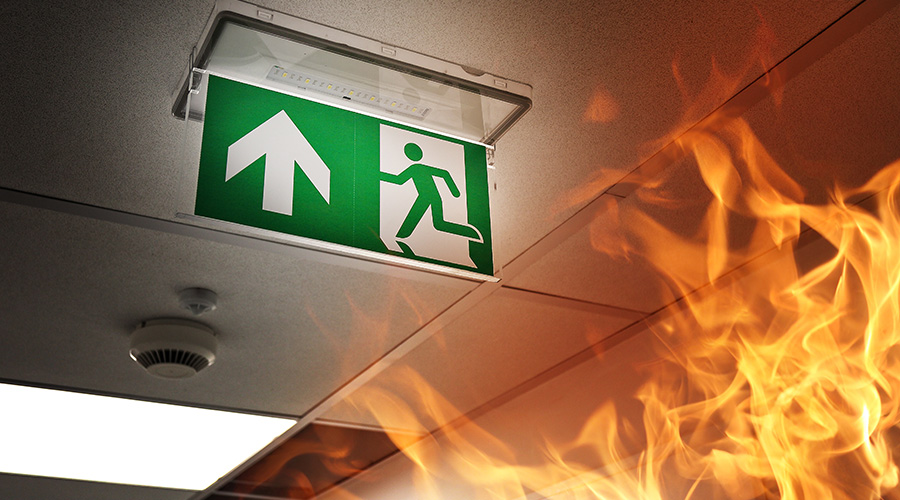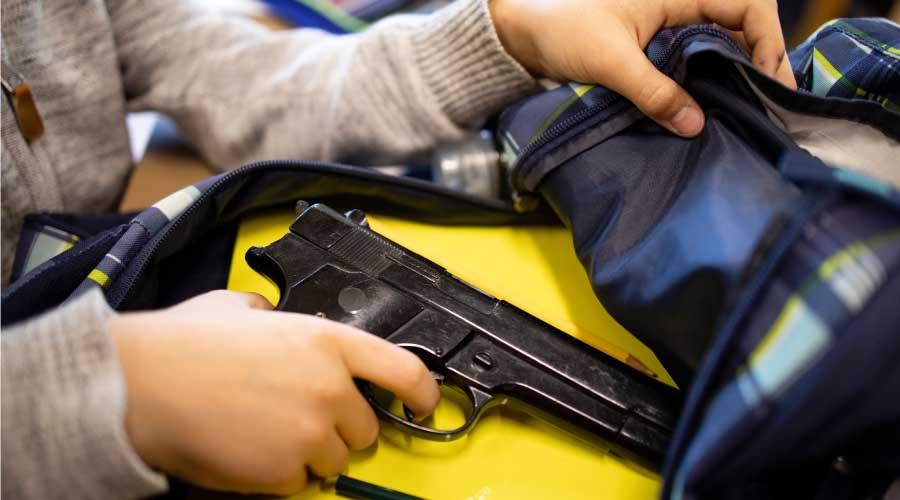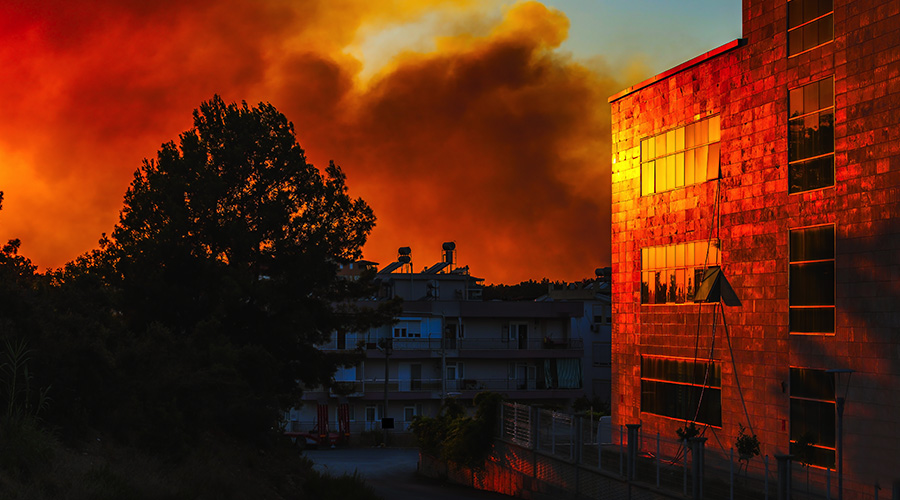Managers Discuss Challenges in Preparing for, Responding to Crises
OTHER PARTS OF THIS ARTICLEPt. 1: This Page

Tim Ryan,
Maintenance and
Operations, Mill Valley (Calif.),
School District
|

Kevin Folsom,
Direcor of Facilities and
Plant Operations, Dallas
Theological Seminary
|

Patrick Pizzo,
Facilities and Operations,
East Meadow School District,
Westbury, N.Y.
|
From fires and floods to power outages, infections and workplace violence, institutional and commercial facilities need to be prepared for the worst possible emergency scenarios. For maintenance and engineering managers, this challenge includes ensuring they have the resources, staff and plans in place to effectively protect both occupants and facilities.
Has your organization identified the most likely emergencies facing your facilities?
FOLSOM: We have identified these as the most likely emergencies: a bomb, a gunman, infectious disease, severe weather, and fire, as well as a plane crash because we're in the flight path of a nearby airport.
PIZZO: We actually have listed a vast array of things — armed assaults, bomb threats, building-system issues, bus accidents, child abuse, hazardous materials. We have all the different potential incidents you would deal with. A lot of them are weather related, but under the scope of the emergency preparedness plan, we look at all issues, both manmade and weather related.
RYAN: We worked with local emergency responders. What we said to them is, "What is it you think we should prepare for?" and that's what we got. Also, I've been with the district for 5-1/2 years and a PTA president and parent in the district for 14 years, and those (events) are what we've had the most experience with.
What is your role and your department's role in developing an emergency plan for your facilities?
FOLSOM: My primary role is ensuring facilities-related issues don't harm anyone.
PIZZO: Ultimately, everything is under the scope of superintendent, but I would be one of the key people reporting to the superintendent. He is not necessarily going to be involved in every aspect of the process. Usually, there are multiple principals and one director of facilities, so a lot of it is coordinated by the director of facilities in most districts, and that's the role I've had here.
RYAN: When I came on board, there was an existing committee that wasn't finely tuned or focused. So I wrote that charter to get us focused on what it is that we actually can put into action. Having that charter in place, and having two representatives from each school, one from the district and one from local law enforcement and then meeting monthly or bi-monthly as needed was really a focused way to move that committee forward.
What is your role in responding to an emergency? What is your department's role?
RYAN: I have 16 people, and they're all site-specific. My maintenance workers, who are moving throughout the school sites, would work as directed. They all have emergency radios, and they're on call. We treat all employees as emergency service workers, so no one can leave a site during an emergency. We do have a release form for those times when someone has a child to take care of or an elderly parent at home.
FOLSOM: My primary role is ensuring the internal communication flow among the parties involved.
PIZZO: I would be a key component of districtwide services. Anything at the building level, the principal is the key person.
Do your facilities have unique features that create challenges for emergency planning?
RYAN: Yes. My campuses are wide open and used by the community. It would be a lot easier if I had a fence that I could just lock down, but I don't. When I have a lockdown, the hardest challenge I have is to let the community know what's going on.
PIZZO: You need to be aware of particulars in regard to a building. For instance, if a building is on a main road, you have concerns with traffic coming to or from the building, or whether there's a building that might have an impact on our buildings. There's a prison in the community, or there's a hospital. These all can have an impact on the operation of our buildings. Or if you're in a residential area, you might be a little further away from emergency services. These are all things we incorporate into our planning.
What emergency training have you and your department gone through?
RYAN: We've been able to get training from FEMA (Federal Emergency Management Agency) for all the administrators in the district so they all understand scalable events. We require all staff to be trained every two years on search and rescue if you're on that team and (trained) on first aid if you're on that team. As far as FEMA, we receive that from our county office of education. For the districtwide drill, we can't always make every school drill at the same time because each has its own individual schedule, so we really try to group them so the district office also can set up its operations center at the same time.
FOLSOM: We rehearse a fire drill twice per year. We also attend sessions at conferences, conduct a campuswide retreat, and keep up with changes by reading articles.
PIZZO: We meet monthly with principals, and the principals at the building level conduct their required drills — nine fire drills a year. But there are also other drills — lockdown drills, lockout drills — those are conducted at the building level by the principals. For us, we look at the building principals and try to coordinate with and support the principals in their role.
What are your biggest challenges in returning to normal operations after an emergency?
PIZZO: The main thing is communication. The parents are obviously going to be concerned about the children. The same way that we want to have proper information to ensure the safety of the children, we have to make sure the word gets out to the parents.
RYAN: We know (local child protective services is) not going to able to ramp up on day one, so we have to be able to shelter in place for the very-worst-case scenarios. The way we had to look at it is this: The kids we're going to be keeping for more than three days are orphans. We've set up a morgue. We treat these events with solemnity. You have to talk about that stuff — that you could deal with deaths in a seismic event, that you could be dealing with students whose parents are injured or dead.
Related Topics:














